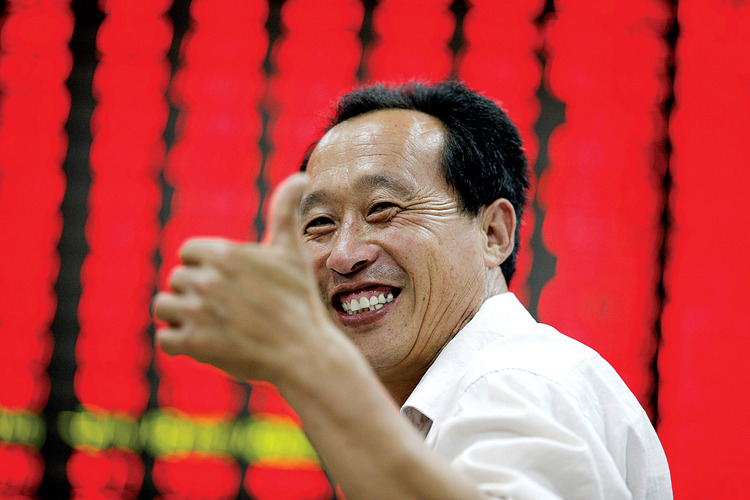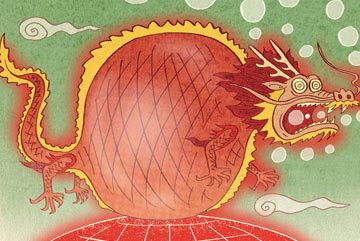China's Bubble Trouble
by Brad McMillan, CIO, Commonwealth Financial Network
The news today is that the Shanghai Stock Exchange closed down another 6.5 percent, despite substantial support from the Chinese government. Given the market’s earlier declines and China’s surprise currency devaluation, the latest plunge suggests more trouble ahead.
What’s going on? There are four questions we need to ask:
- Is the Chinese stock market in a bubble?
- Is that bubble now correcting?
- What would that mean for the Chinese and world economies?
- And what would it mean for the U.S.?
This definitely looks like a bubble . . .
I define a bubble as the point at which asset prices become dependent on, and therefore coincident with, debt. There’s often an almost direct correlation between additional debt and an increase in prices. We’ve seen this repeatedly in the U.S., and the Chinese stock markets fit the pattern.
Based purely on debt accumulation, it sure looks like a bubble to me. The fundamentals also support this interpretation. Slowing economic and earnings growth, along with high valuations, are typically found at the tops of bubbles, as we see now in China.
And it does appear to be correcting
Although the Chinese government was able to stop the initial market declines, subsequent drops indicate that there is very little fundamental, nongovernment support for prices at their current elevated levels. Absent the confidence that pushed prices higher, there is no reason for them to rise again—and lots of reasons for them to decline further.

Repercussions around the world
This is a problem for both China and the world. Stock markets and economies are very different things and often only weakly linked; after all, the Chinese economy continued to slow even as the market took off. But this correction looks more like a symptom of problems in the larger economy than a cause of them, at least so far.
If so, slower growth in China could mean slower growth around the world. In this recovery, for the first time, the U.S. was not the main engine of growth; China was. When the locomotive slows down, so does everyone else. If the collapse in the Chinese stock market indicates slower growth there, and it may, the world will have to pay attention.
Most of the damage is likely to be in other emerging markets. Slower Chinese growth will mean lower demand for materials, damaging economies that depend on raw material production. A cheaper Chinese currency will put pressure on countries that compete with China for jobs. Slower global growth will hit every economy that depends substantially on global demand (i.e., most exporters).
The U.S., however, could benefit
By and large, the U.S. is relatively much less exposed to the rest of the world than other major economies. Our economy simply doesn’t depend as much on selling to others. This is bad when U.S. demand is poor. Right now, though, the U.S. is growing relatively quickly, and we benefit from that home-field exposure. Our companies do, however, buy raw materials, and those price declines are likely to boost the U.S. advantage even more.
Of course, there will be some damage here. The strong dollar has hit corporate profits, for example. But even with the dollar at 10-year highs, profits outside the energy sector are still growing and will probably climb faster as companies adapt to the new higher valuation.
If China is in a bubble that’s now correcting, which looks quite probable to me, it makes sense to worry about what might happen. Right now, however, the U.S. remains the fastest growing, most economically solid, and least exposed country to any potential problems. In fact, we might stand to benefit from a slowdown elsewhere in the world.
Copyright © Commonwealth Financial Network














